In Photos: Uncovering a New Human Species
Red Deer Cave People

Mysterious fossils of what may be a previously unknown human species were uncovered in caves in China. The hominins lived some time between 11,500 and 14,500 years ago, meaning they would have shared the landscape with modern humans when China's earliest farmer were first appearing. Discovered at what is called Red Deer Cave in southwest China, the hominins have been dubbed the Red Deer Cave People. A skull of the possibly new hominin, shown here. [Read full story]
Mix of Features
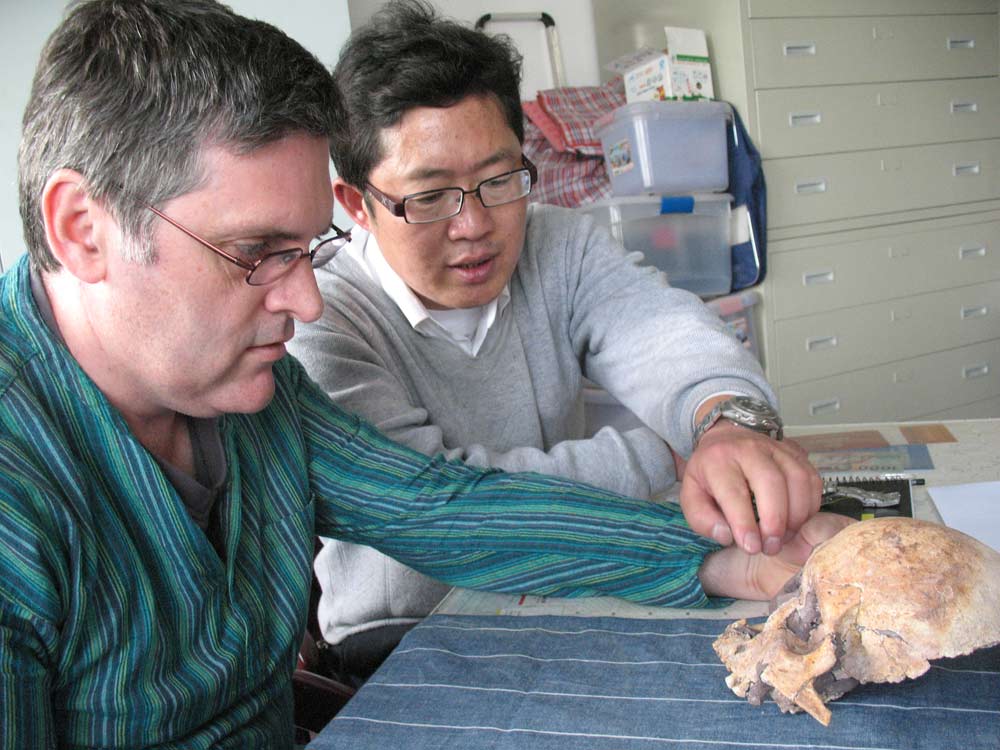
Darren Curnoe (left) and Ji Xueping (right) studying the Longlin skull from the Red Deer Cave, in 2010. The researchers found a mix of bygone and modern human features. For instance, unlike modern Homo sapiens, they would've had prominent brow ridges, thick skull bones, flat upper faces with a broad nose, jutting jaws that lack a humanlike chin, brains moderate in size by Ice Age human standards, large molar teeth, and primitively short parietal lobes — brain lobes at the top of the head associated with sensory data.
Red Deer Cave Person

This artist's reconstruction by Peter Schouten suggests what the Red Deer Cave People may have looked like when alive some time between 11,500 and 14,500 years ago.
Uncovering a Hominin
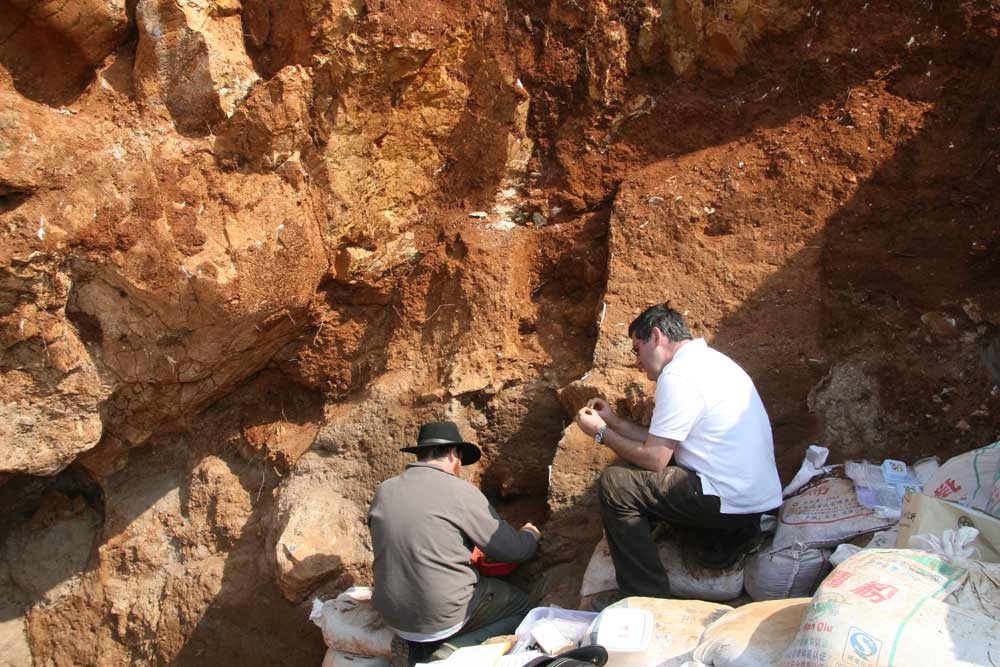
The fossil specimens of the possibly new human species were uncovered in 1989 by miners quarrying limestone at Maludong or Red Deer Cave near the city of Mengzi in southwest China. They remained unstudied until 2008. Shown here, Darren Curnoe (right) and Andy Herries (left) excavating at Maludong in 2008.
Skull Features
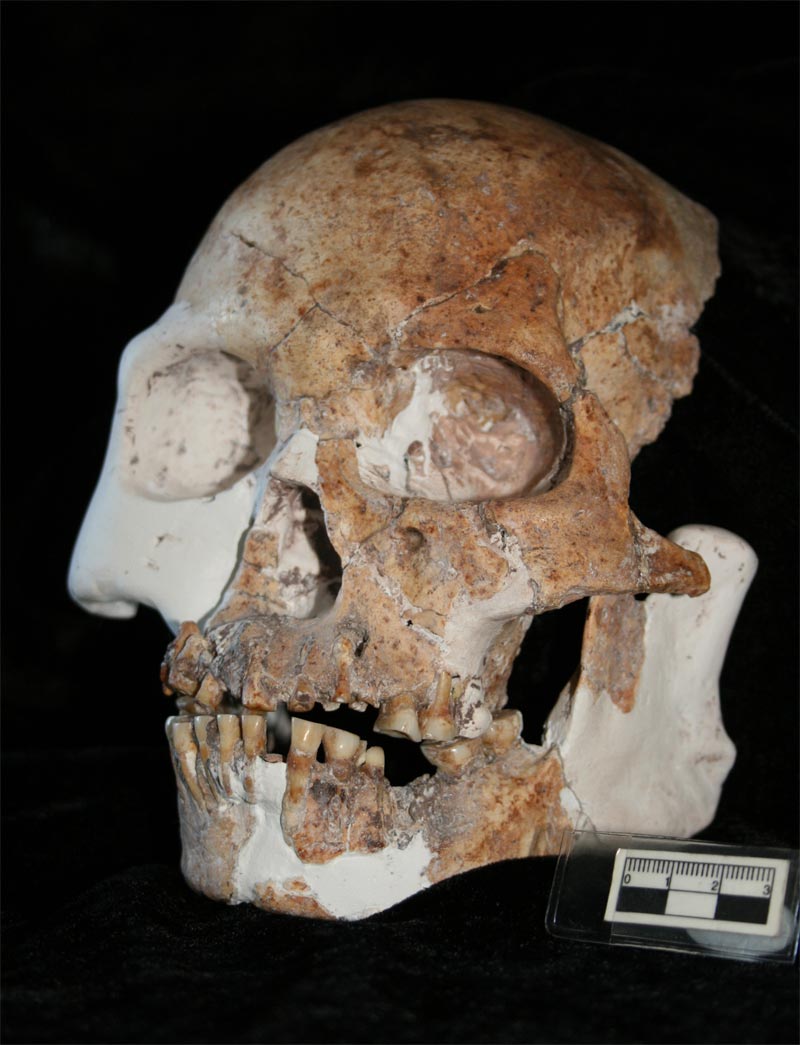
A view of a skull from the Red Deer Cave People. Researchers found the species had unique features seen neither in modern nor known archaic lineages of humans, including a strongly curved forehead bone, very broad nose and eye sockets, and very flat cheeks that flare widely to the sides to make space for large chewing muscles.
Unique Jaws
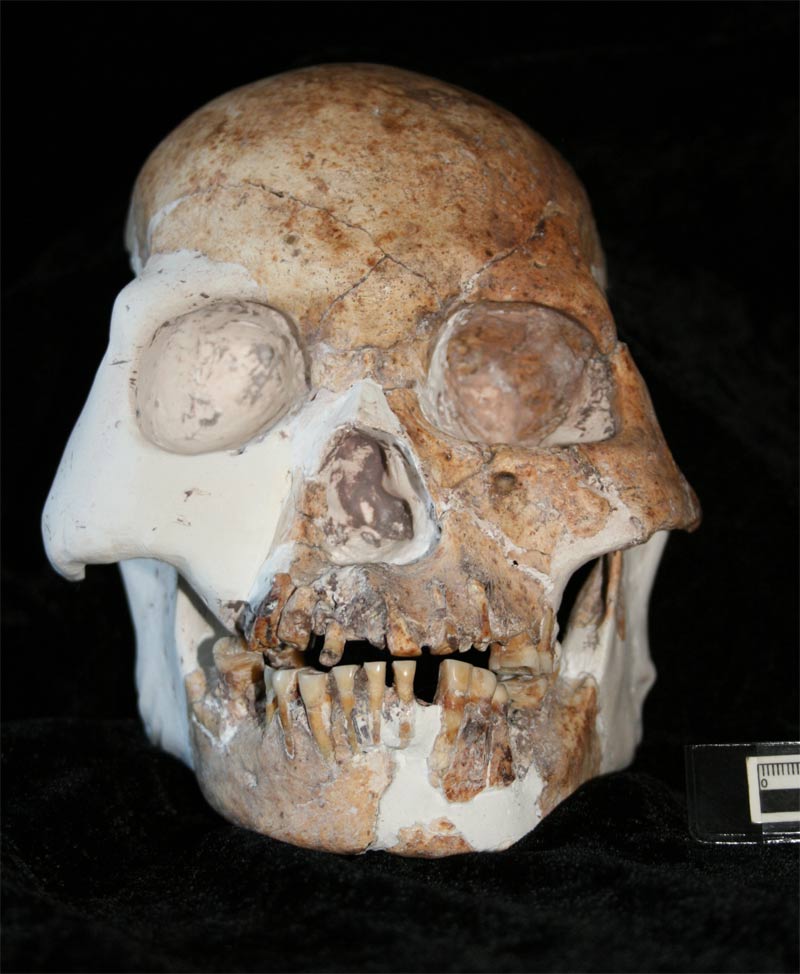
Another unique feature of this possibly new hominin had to do with the skull: The place where the lower jaw forms a joint with the base of the skull is unusually wide and deep.
A Big Find
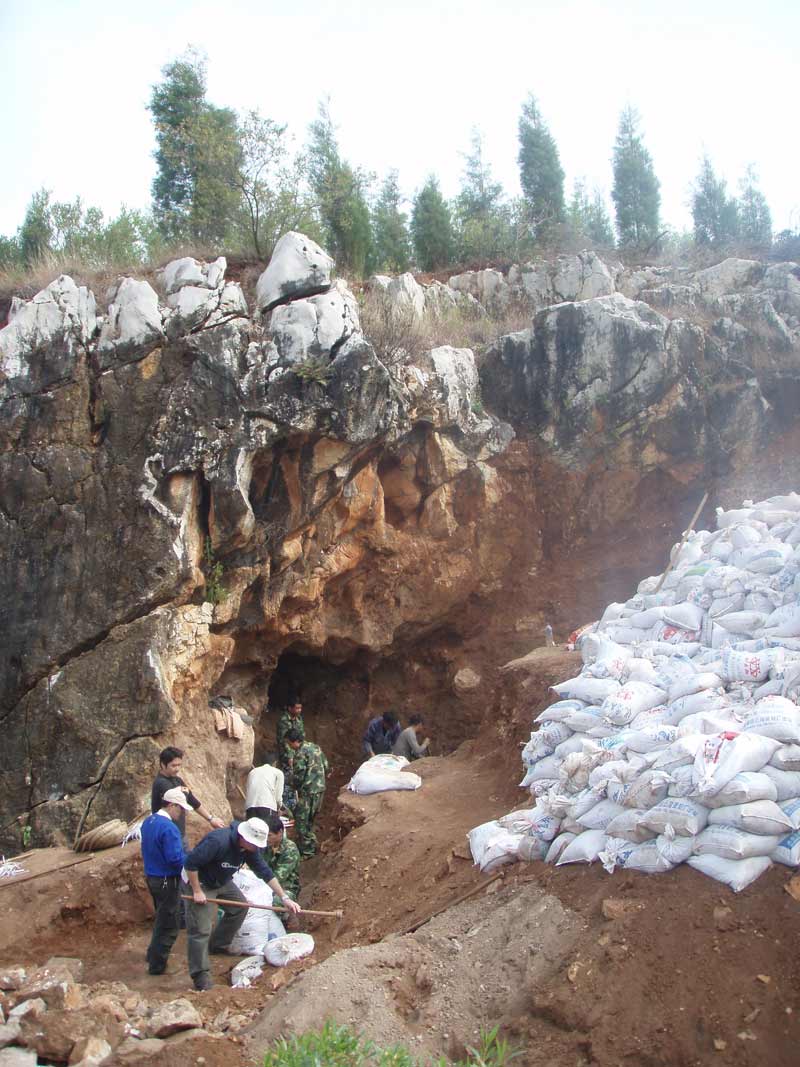
Early stages of the Maludong excavation in 2008.
Get the world’s most fascinating discoveries delivered straight to your inbox.
Scenic Cave
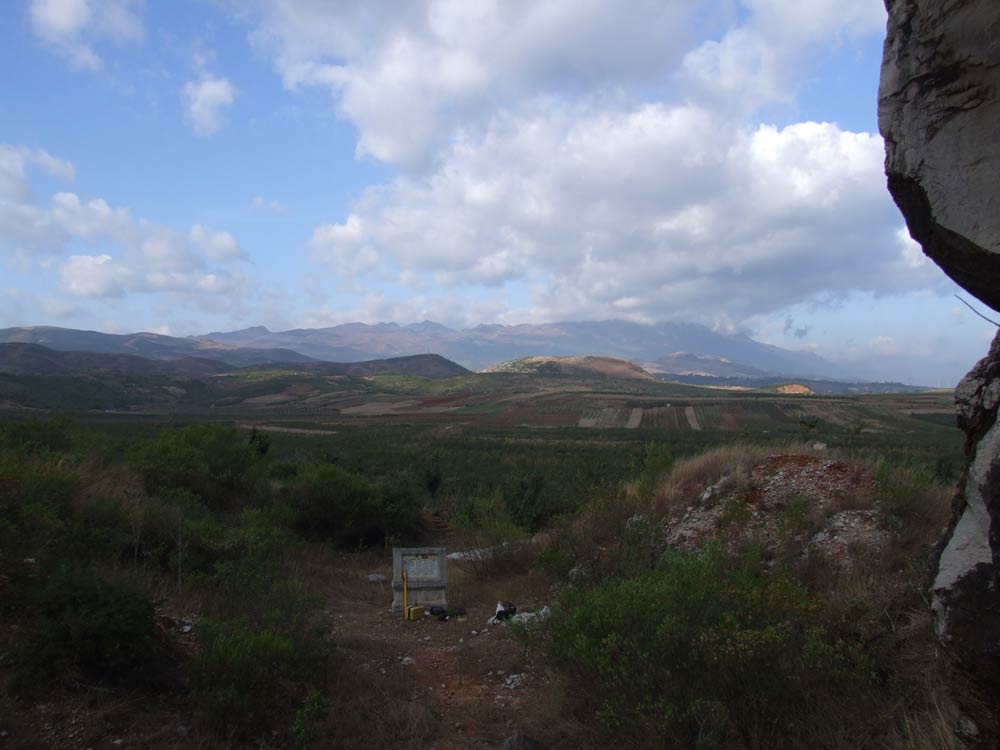
Another view of Maludong or Red Deer Cave near the city of Mengzi in southwest China.
Partial Cranium
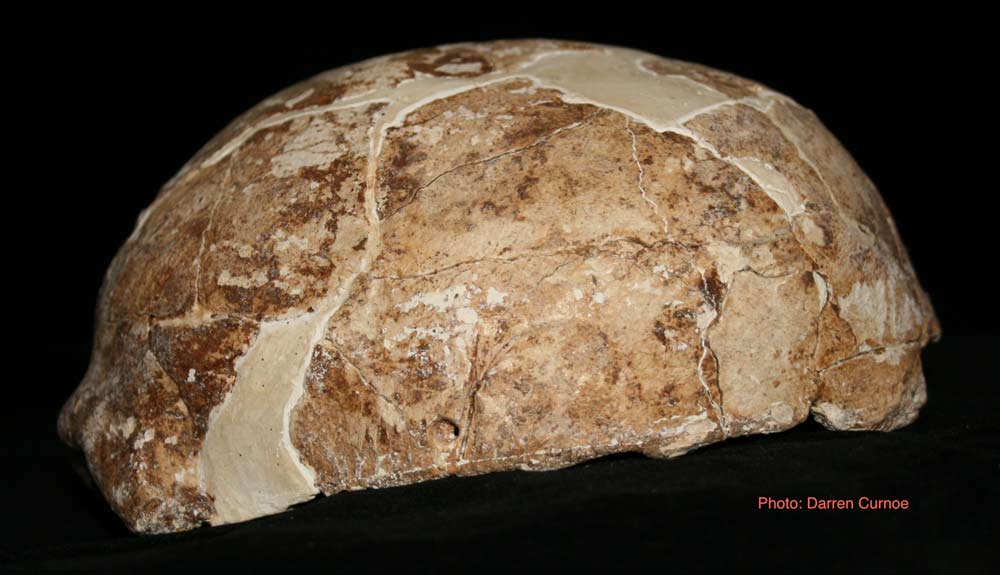
A partial cranium from the Red Deer Cave People, named such because they cooked extinct red deer in their namesake cave.
 Live Science Plus
Live Science Plus






